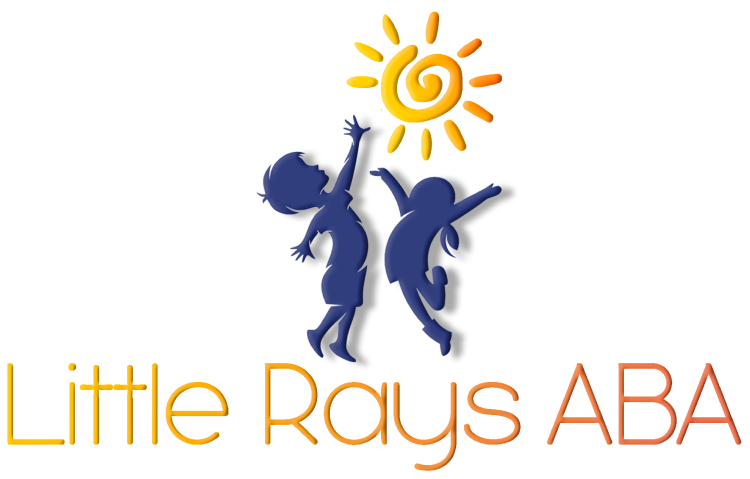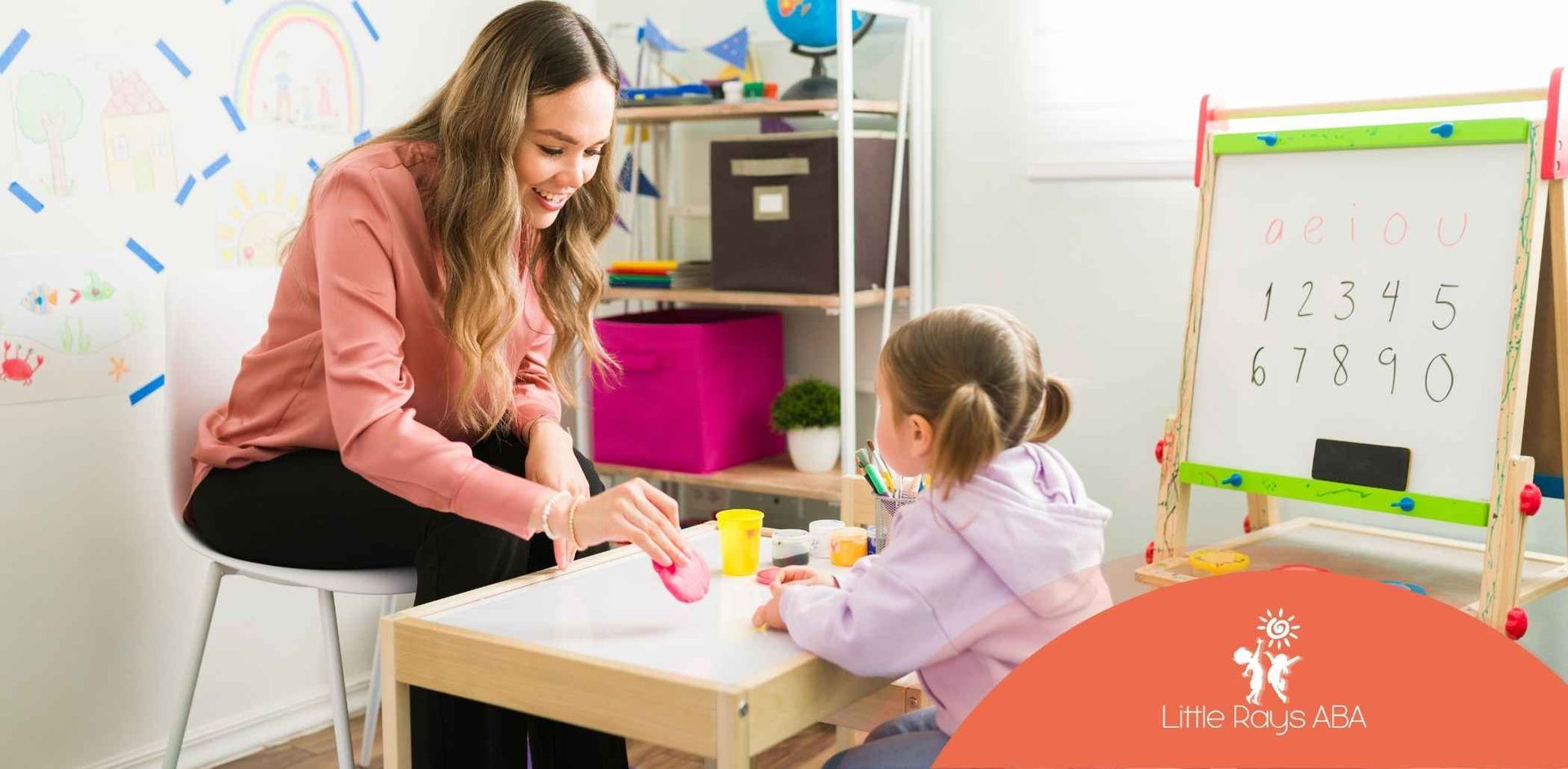
How to Truly Understand and Respond to Autistic Love Languages
Key Highlights
- Autistic love languages offer different ways for autistic people to express affection, often shaped by unique sensory needs and communication styles.
- Neurodivergent love languages may extend beyond the traditional five, featuring acts like parallel play, info-dumping, and penguin pebbling.
- Understanding these specific ways of expressing love is crucial for building meaningful relationships and reducing misunderstandings.
- Sensory preferences and personal boundaries play a big role in how affection is shown and received.
- Family members and partners can learn practical strategies to support and respond to autistic love languages.
- Honoring individual preferences helps foster deeper connections and mutual respect in neurodivergent relationships.
Love isn’t one-size-fits-all — and this is especially true in autism.
The way autistic people express and receive affection is often shaped by sensory needs, communication preferences, and deeply valued routines. Some expressions may seem subtle or unconventional, but they carry deep meaning.
During in-home ABA therapy with an 11-year-old client, he’d share a new train fact with me every week. His parents saw it as “just a hobby,” but I knew better — this was his way of saying, “I trust you. You belong in my world.”
This guide explains what autistic love languages are, how they differ from neurotypical norms, and how you can adapt your relationship style to meet them with understanding and respect.
What Are Autistic Love Languages?
Defining Love Languages in an Autism Context
The original “love languages” framework by Gary Chapman outlines five main categories:
- Words of affirmation
- Acts of service
- Gifts
- Quality time
- Physical touch
While useful, this model doesn’t fully reflect the lived experiences of many autistic people.
According to psychologist Dr. Amy Marschall, “Autistic expressions of love often center on comfort, predictability, and authenticity rather than following social scripts.”
Autistic love languages may include:
- Special interests and info-dumping
- Parallel play or body doubling
- Predictable routines and practical help
- Deep pressure hugs (if welcomed)
- Small but meaningful tokens
How Autistic Love Languages Extend Beyond the Traditional Five
Parallel Play and Body Doubling
Parallel play — being together in the same space while doing separate activities — is a common autistic way of showing love.
For example, I once had an autistic teen client who would invite his sister to draw at the table while he played Minecraft. They rarely spoke, but the shared space was a comfort for both.
Why it matters: It removes the pressure for constant verbal interaction, allowing connection through presence.
Info-Dumping as Affection
“Info-dumping” means sharing detailed information about a special interest. To an autistic person, it’s a trust gesture.
A 2022 study published in Autism in Adulthood found that over 70% of autistic participants felt “sharing interests” was a primary way they bonded with loved ones.
Examples:
- Talking about the history of a favorite video game
- Teaching someone the rules of a unique board game
- Explaining train timetables in detail
If you listen and engage, you’re saying, “I value what matters to you.”
Penguin Pebbling
Borrowed from penguin courtship rituals, “penguin pebbling” describes giving a small, meaningful item — not for monetary value, but for its personal meaning.
It could be a rock from a favorite park or a handmade drawing. One client once gifted me a perfectly smooth pebble, explaining it “looked like a raindrop” and thinking I’d appreciate it. He was right.
Sensory-Aware Physical Affection
Touch in autism varies greatly. Some love deep-pressure hugs; others prefer minimal contact.
A study in the Journal of Autism and Developmental Disorders (2021) highlights that respecting sensory boundaries significantly improves relationship satisfaction in autistic adults.
Tips:
- Always ask before initiating physical touch.
- Offer alternatives, like weighted blankets or gentle hand squeezes.
- Watch for body cues that signal discomfort or enjoyment.
Key Differences Between Autistic and Neurotypical Love Languages
Direct vs. Nuanced Communication
Neurotypical communication often relies on subtle cues — tone, facial expression, or unspoken hints. Autistic communication is often more direct.
Neither is better; they’re just different. As an ABA therapist, I’ve seen relationships improve dramatically when partners drop “hinting” and opt for clear, honest requests.
Example: Instead of “It’d be nice if you helped with the dishes,” an autistic partner might say, “Please help me load the dishwasher now.”
Routine and Predictability
Autistic love often shows up in rituals — making coffee together every morning, watching the same show each Friday, or texting at a set time daily.
These aren’t “boring habits.” They’re emotional anchors.
Supporting Autistic Love Languages in Relationships
Strategies for Partners
- Ask directly about preferences (“Do you want me to listen, join in, or give you space?”).
- Respect sensory needs — adjust lighting, noise, and touch accordingly.
- Show genuine interest in their hobbies.
- Use routines as opportunities for connection.
Helping Parents Understand Their Child’s Love Language
If your autistic child invites you to watch them line up toy cars, that’s an invitation into their world.
Practical tips for parents:
- Match their level of interaction — join parallel play instead of pushing conversation.
- Value small gifts or gestures as expressions of love.
- Keep routines predictable.
Challenges and How to Overcome Them
Misunderstandings Between Autistic and Neurotypical Partners
Differences in expectations can lead to missed signals. Neurotypical partners may misinterpret direct speech as bluntness or see info-dumping as “off-topic.”
Solution: Approach every action with curiosity — ask, “Is this your way of showing love?” before assuming.
Addressing Sensory Needs
- Modify environments to reduce sensory overload.
- Offer non-touch gestures when physical contact is overwhelming.
- Check in before changing routines.
Conclusion
Autistic love languages are as rich and meaningful as any other — they just speak a different dialect of connection.
When you slow down, listen, and adapt, you open doors to deeper trust. Whether through parallel play, a carefully chosen pebble, or a shared morning coffee, these expressions deserve recognition and respect.
At Little Rays ABA, we know that love and connection come in many forms — especially in autism. Our compassionate therapists help families in Florida understand and respond to their child’s unique ways of showing affection.
Whether you’re looking for in-home ABA therapy, school-based autism support, in-camp programs, or ABA parent training, we create individualized plans that respect your child’s needs and celebrate their strengths.
Call us today or request a free consultation to learn how we can help you build trust, connection, and confidence for your child.
Frequently Asked Questions
Are there scientific studies on autistic love languages?
New studies and science show that people on the autism spectrum may express affection in ways that are different from others. These studies about autism spectrum disorder and neurodivergent relationships talk about how autistic people show love. They also say it is important to have ways to talk and meet emotional needs that fit everyone.
How can neurotypical partners adapt to autistic love languages?
Neurotypical partners can change how they act by watching for what the other person likes. It also helps to ask clear and simple questions. Set up a routine the other person can count on. Always keep their sensory needs in mind. Your support matters, so try things like letting them share a lot of info or giving practical help. Doing these things can make the relationship more meaningful, and help both people connect on a deeper level.
What practical tips help autistic adults communicate love languages?
Autistic adults can show their love in different ways. You can tell others what you like. It helps to use pictures, objects, or daily habits to share your needs. Some people want to talk about their specific interests with those close to them.
Sources:
- https://www.autismparentingmagazine.com/parallel-play-in-autism/
- https://www.verywellmind.com/the-5-neurodivergent-love-languages-8682618
- https://community.autism.org.uk/f/adults-on-the-autistic-spectrum/31397/neurodivergent-love-languages
- https://www.autismparentingmagazine.com/autism-expresses-love/
- https://theconversation.com/autistic-people-often-feel-theyre-doing-love-wrong-but-theres-another-side-of-the-story-199200
Related Posts





